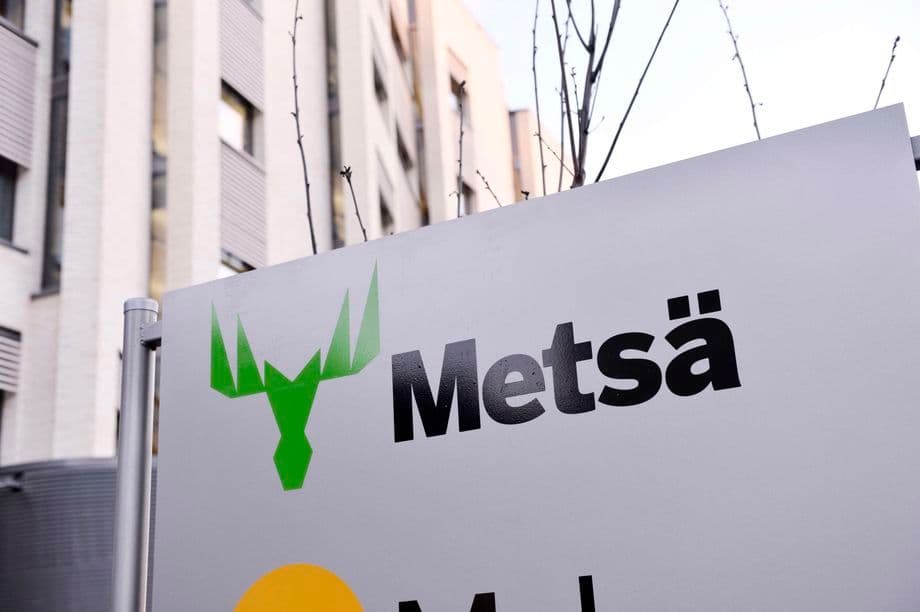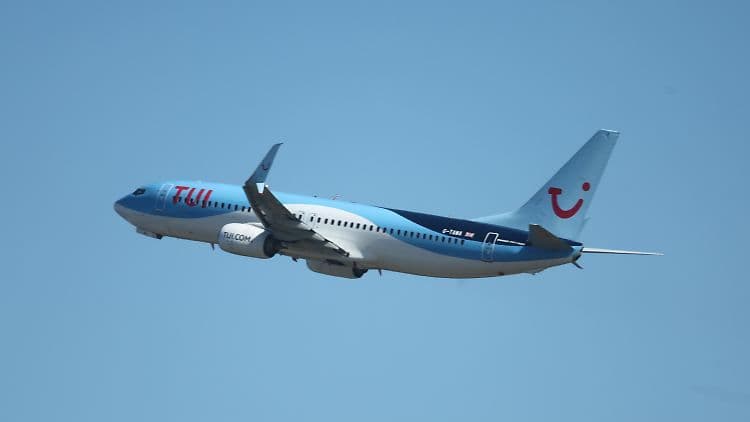The New Compass: HMM's Post-Merger Strategy to Anchor Future Earnings
HMM pivots from failed merger to agile bulk carrier expansion. Discover how precise vessel purchases and long-term contracts are set to stabilize earnings and redefine maritime growth.
A Failed Acquisition, A Fortuitous Pivot
Sometimes, the most direct path isn't the best one. , a major player in global shipping, recently found itself at a crossroads after the collapse of its highly anticipated acquisition of . The deal faltered over a significant disparity in valuation, with , SK Shipping's largest shareholder, reportedly seeking around 2 trillion won, while HMM's offer hovered between 1.2 trillion and 1.3 trillion won. This wide gap ultimately proved insurmountable, but what initially seemed like a setback has serendipitously opened the door to a more nimble and financially prudent growth strategy. Instead of absorbing an entire business unit with its inherent complexities and debt, HMM is now charting a course focused on direct, individual vessel acquisitions. This shift is already underway, with the company, which currently operates just one bulk carrier, having recently purchased a secondhand vessel and actively negotiating for three more. This change in approach marks a pivotal moment, signaling a departure from large-scale M&A toward a more agile, contract-driven expansion.
The Unsung Workhorse: Why Bulk Carriers are the New Anchor
The strategic pivot towards individual vessel purchases isn't just about agility; it's fundamentally about a re-evaluation of market stability, with bulk carriers emerging as HMM's new anchor. Unlike the notoriously volatile container shipping market, where rates have seen sharp declines and a weak outlook persists, bulk carriers offer a more predictable and resilient revenue stream. An HMM official succinctly put it: "Bulk carriers… have less volatile contract rates and are relatively easier to secure on long-term deals." These workhorse vessels, designed to transport unpackaged goods like grain, coal, and iron ore, are proving invaluable for securing stable, long-term contracts. A prime example is HMM's recent 10-year, $462 million transport deal with Brazilian mining giant , which alone necessitates three bulk carriers, with plans to secure two more for an anticipated additional large contract. This focus on the consistent demand for raw materials is a clear move to stabilize earnings and reduce the company's historical reliance on the often-turbulent container sector.
Precision Investment: HMM's Agile Approach to Fleet Growth
HMM's new strategy epitomizes precision investment, moving away from the 'buy the whole company' model to a highly agile, contract-centric approach. This means acquiring vessels directly, allowing for significantly faster investment decisions. Imagine the difference: instead of months of due diligence, integration planning, and navigating complex debt structures inherent in business acquisitions, HMM can now procure precisely the ships needed for the size and duration of specific contracts. This streamlined process eliminates the associated integration and debt risks, freeing the company to focus purely on vessel operations and expansion. The current trajectory is ambitious yet calculated: from 46 bulk carriers as of June, HMM aims to expand its fleet to approximately 110 vessels by 2030, backed by a substantial investment of 5.6 trillion won. Each secondhand vessel, costing between 50 billion won ($35.9 million) and 60 billion won, represents a targeted, strategic addition, setting the stage for continued aggressive, yet disciplined, purchases.
Charting the Future: Diversification and Long-Term Stability
Looking ahead, HMM's post- strategy is about much more than just expanding its bulk carrier fleet; it's a comprehensive blueprint for long-term stability through calculated diversification. While bulk carriers are indeed the immediate focus for their stable, long-term contract potential, the company's vision extends beyond this segment. HMM aims to strategically reduce its container ship share while branching into other segments like car carriers, all designed to secure future growth and better manage market uncertainties. This proactive fleet diversification, underpinned by a robust long-term contract-based business model, promises to deliver more stable revenue streams. The failed acquisition, in retrospect, appears to have spurred HMM to refine its core operational strengths, fostering an environment where growth is driven by precise market demand rather than broad corporate takeovers. This redefinition of their approach to fleet expansion is set to anchor HMM's future earnings in a more resilient and strategically sound position.
Related Articles

The Industrial Barometer: IHI's Stock Correction and the Unseen Forces Shaping Its Next Chapter

The Industrial Barometer: IHI's Stock Correction and the Unseen Forces Shaping Its Next Chapter

Unlocking Resilience: Metsä Group's Strategic Path to Enduring Profitability

Unlocking Resilience: Metsä Group's Strategic Path to Enduring Profitability

Seoul's Strategic Gambit: How Investment Becomes the New Currency in Global Trade Deals

Seoul's Strategic Gambit: How Investment Becomes the New Currency in Global Trade Deals

Beyond the Beach Boom: Decoding TUI's Strategic Surge Amidst Global Headwinds
